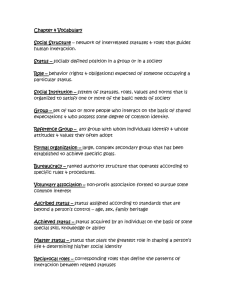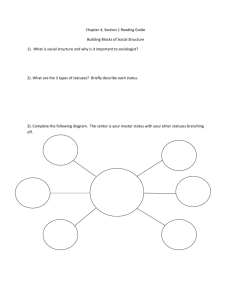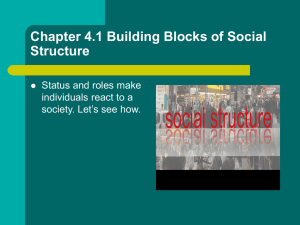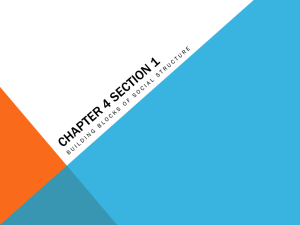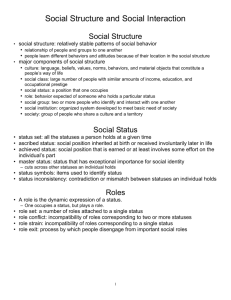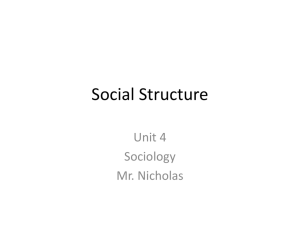The Facebook Status: We Perceive It How We Report It
advertisement
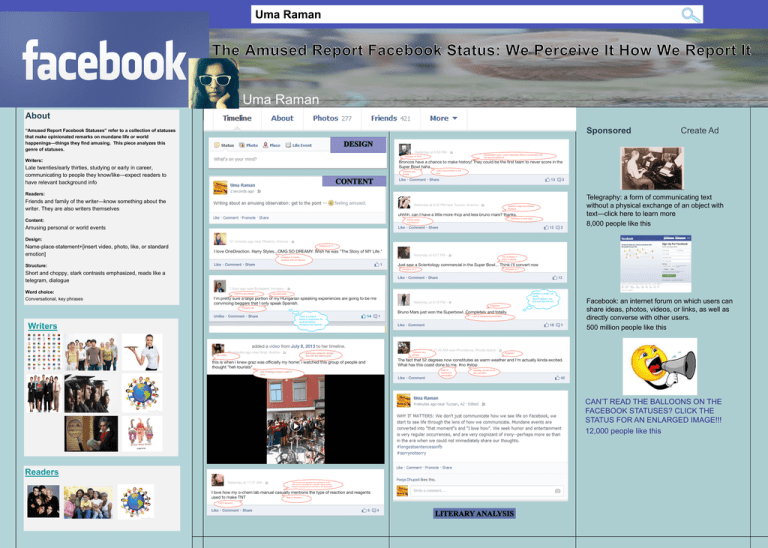
Uma Raman Uma Raman About “Amused Report Facebook Statuses” refer to a collection of statuses that make opinionated remarks on mundane life or world happenings—things they find amusing. This piece analyzes this genre of statuses. Sponsored Create Ad Writers: Late twenties/early thirties, studying or early in career, communicating to people they know/like—expect readers to have relevant background info Readers: Friends and family of the writer—know something about the writer. They are also writers themselves Content: Amusing personal or world events Telegraphy: a form of communicating text without a physical exchange of an object with text—click here to learn more 8,000 people like this Design: Name-place-statement+[insert video, photo, like, or standard emotion] Structure: Short and choppy, stark contrasts emphasized, reads like a telegram, dialogue Word choice: Conversational, key phrases Writers Facebook: an internet forum on which users can share ideas, photos, videos, or links, as well as directly converse with other users. 500 million people like this CAN’T READ THE BALLOONS ON THE FACEBOOK STATUSES? CLICK THE STATUS FOR AN ENLARGED IMAGE!!! 12,000 people like this Readers DESIGN: WHAT CAN YOU DO WITH A FACEBOOK STATUS? Tell us where you are Add a photo with a caption In a relationship? Get married? Change jobs? Type what is on your mind or paste a link Were you with other facebook friends? Tag them! Ready Set Post! What each icon lets you add from left to write: Time—location--photo How does that make you feel? An emoticon will let us know Who do you want to see your message? CONTENT OF THE GENRE: AMUSED REPORT FACEBOOK STATUSES TRAVELS DAILY HAPPENINGS CURRENT EVENTS GENERAL TREND: NOT SOMETHING YOU LOL ABOUT BUT SOMETHING THAT IS FUNNY LITERARY ANALYSIS: STRUCTURE AND WORD CHOICE 1. Telegram effect: Facebook statuses still share the direct and concise communication of older forms of telegraphy. We see five main effects in Facebook statuses—not all five are always used at the same time, but most Amused Report statuses use at least one of these things Lack of emotional Punctuation Avoidance of words when necessary Only a few sentences Short Sentences Exclusion of Sentence Introductions 2. Past tense is so yesterday: most posts avoid past tense. If past tense is used, it is often prefaced with a word that indicates a recent past event (ie “just”). You can see this in the examples displayed. 3.Word Choice: colloquial terms used, and use of key phrases signal this genre EXAMPLES: That moment… The fact… I love how… I’m pretty sure… Look for key examples in the statuses posted here. LITERARY ANALYSIS: STRUCTURE AND WORD CHOICE CONTINUED 4. Sharp contrasts in sentence dynamic: Either anticlimactic buildups or downplayed-then-sudden rises are used to create a paradox in sentence dynamic that emphasizes the oddness of what is being discussed Sudden dramatic rise 5. Dialogue: an internal dialogue is created using a question-answer structure, and by adding sounds included in speech (ie ugh, ow, oh) Downplay for rest of sentence WHY THESE TACTICS: The purpose of an “amused report” Facebook status is to transfer the writer’s amusement to those reading the post. The five tactics listed do this in the following ways: 1. Telegram: sense of immediacy. The shorter message, avoidance of using words, and exclusion of certain sentence formalities give a feeling of urgency to the message, as if it is “hot off the press.” 2. Avoidance of past tense: sense of immediacy 3. Key phrases: somehow it seems readers are classically conditioned to prepare to be amused upon reading certain key words. Thus, the reader is already on their way to internally chuckling before they have even finished the sentence. 4. Sharp contrasts: our amusement sprouts from the lack of logic in a given sentence. The fact that something crazy is being downplayed or vice versa is in of itself illogical. Thus, the contrast augments our interpretation of the ridiculousness of the situation being explained. 5. Dialogue: Use of dialogue works in a similar fashion as use of contrast in that sentence structure augments the reader’s attitude toward the content. However, dialogue focuses less on creating a paradox and more on emphasizing the humor in a thought. First, a conversation with one’s self is illogical and thus comical. Second, the question-answer structure often involves rhetorical questions. To answer the rhetorical question is also in of itself illogical, and therefore, also has a comedic effect. LITERARY ANALYSIS: EXTRA EXAMPLES LITERARY ANALYSIS: EXTRA EXAMPLES WHY IT MATTERS
